![]()
![]()
![]()
Use LEFT and RIGHT arrow keys to navigate between flashcards;
Use UP and DOWN arrow keys to flip the card;
H to show hint;
A reads text to speech;
25 Cards in this Set
- Front
- Back
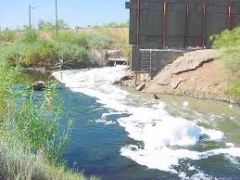
Water Pollution |
the contamination of bodies of water by direct or indirect pollutants without correct treatment to remove these compounds |
|
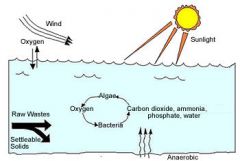
Biological Oxygen Demand (BOD) *Biochemical Oxygen Demand |
a measure of the amount of oxygen necessary to decompose organic material in a unit volume of water. As the amount of organic waste in water increases, more oxygen is used, resulting in a higher BOD |
|
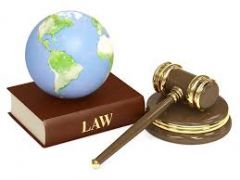
Environmental Law |
a field of law concerning the conservation and use of natural resources and the control of pollution |
|
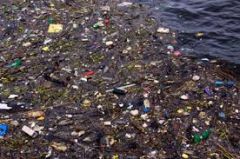
Contaminants (water) |
undesirable material that makes a place no longer suitable for use |
|
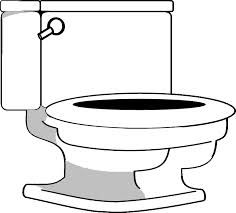
Fecal coliform |
bacteria that occur naturally in human intestines and are used as a standard measure of microbial pollution and an indicator of disease potential for a water source |
|
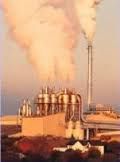
Point source pollution |
sources of pollution such as smokestacks, pipes, or accidental spills that are readily identified and stationary; they are often thought to be easier to recognize and control than are area sources; this is true only in a general sense, as some very large point sources emit tremendous amounts of pollutants into the environment |
|
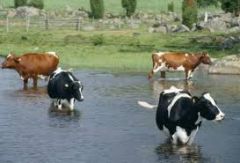
Non-point source pollution |
pollution sources that are diffused and intermittent and are influenced by factors such as land use, climate, hydrology, topography, native vegetation, and geology |
|
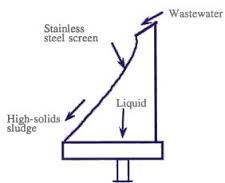
Primary treatment |
(of wastewater) removal of large particles and organic materials from wastewater through screening |
|
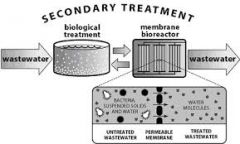
Secondary treatment |
(of wastewater) use of biological processes to degrade wastewater in a treatment facility |
|
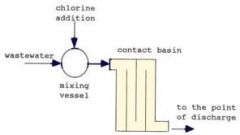
Tertiary Treatment |
(of wastewater) an advanced form of wastewater treatment involving chemical treatment or advanced filtration; an example is chlorination of water |
|

Effluent discharge |
any material that flows outward from something; examples include wastewater from hydroelectric plants and water discharged into streams from waste-disposal sites |
|
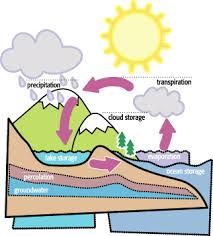
Water renovation and conservation |
(cycle) the practice of applying wastewater to the land; in some systems, treated wastewater is applied to agricultural crops, and as the water infiltrates through the soil layer, it is naturally purified; reuse of the water is by pumping it out of the ground for municipal or agricultural uses |
|
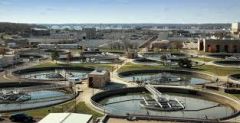
Wastewater treatment |
the process of treating wastewater (primarily sewage) in specially designed plants that accept municipal wastewater. Generally divided into three categories: primary treatments, secondary treatment, and advanced wastewater treatment |
|
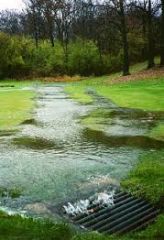
Runoff |
the draining away of water (or substances carried in it) from the surface of an area of land, a building or structure, etc. |
|
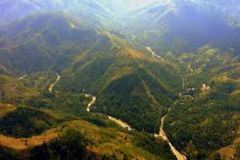
Watershed |
an area of land that forms the drainage of a stream or river; if a drop of rain falls anywhere within a watershed, it can flow out only through that same stream or river |
|

Eutrophication |
increase in the concentration of chemical elements required for living things (fro example, phosphorous); increased nutrient loading may lead to a population explosion of photosynthetic algae and blue-green bacteria that become so thick that light cannot penetrate the water; bacteria deprived of light beneath the surface die; as they decompose, dissolved oxygen in the lake is lowered and eventually a fish kill may result; eutrophication of lakes caused by human-induced processes, such as nutrient-rich sewage water entering a body of water, is called cultural eutrophication |
|
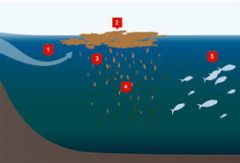
Dead zone(s) |
a place or period in which nothing happens or in which no life exists; an area of the ocean that is depleted of oxygen, frequently due to pollution |
|
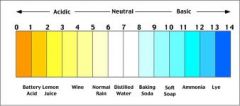
pH |
a figure expressing the acidity or alkalinity of a solution on a logarithmic scale on which 7 is neutral, lower values are more acid, and higher values more alkaline |
|
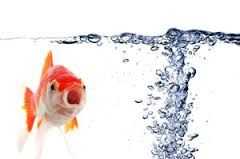
Dissolved oxygen (DO) |
refers to microscopic bubbles of gaseous oxygen (O2) that are mixed in water and available to aquatic organisms for respiration—a critical process for almost all organisms |
|
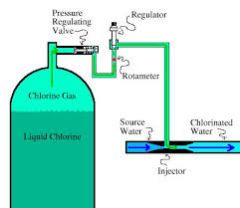
Chlorination |
to introduce chlorine atoms into an organic compound by an addition or substitution reaction |
|
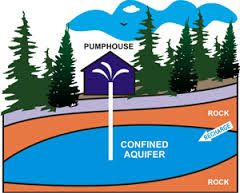
Aquifer |
a body of permeable rock that can contain or transmit groundwater |
|
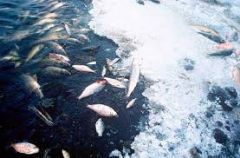
Hypoxia |
oxygen deficiency in a biotic environment "aquatic hypoxia" |
|
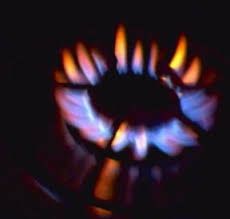
Methane gas (CH_4) |
a molecule of carbon and four hydrogen atoms; it is a naturally occurring gas in the atmosphere, on of the so-called greenhouse gases (a colorless, odorless, flammable gas, the main constituent of marsh gas and the firedamp of coal mines, obtained commercially from natural gas) |
|
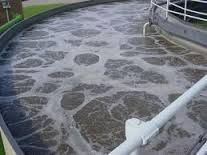
Activated sludge |
aerated sewage containing aerobic microorganisms that help to break it down |
|
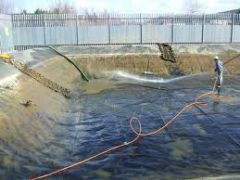
Leachate |
noxious, mineralized liquid capable of transporting bacterial pollutants; produced when water infiltrates through waste material and becomes contaminated and polluted |

